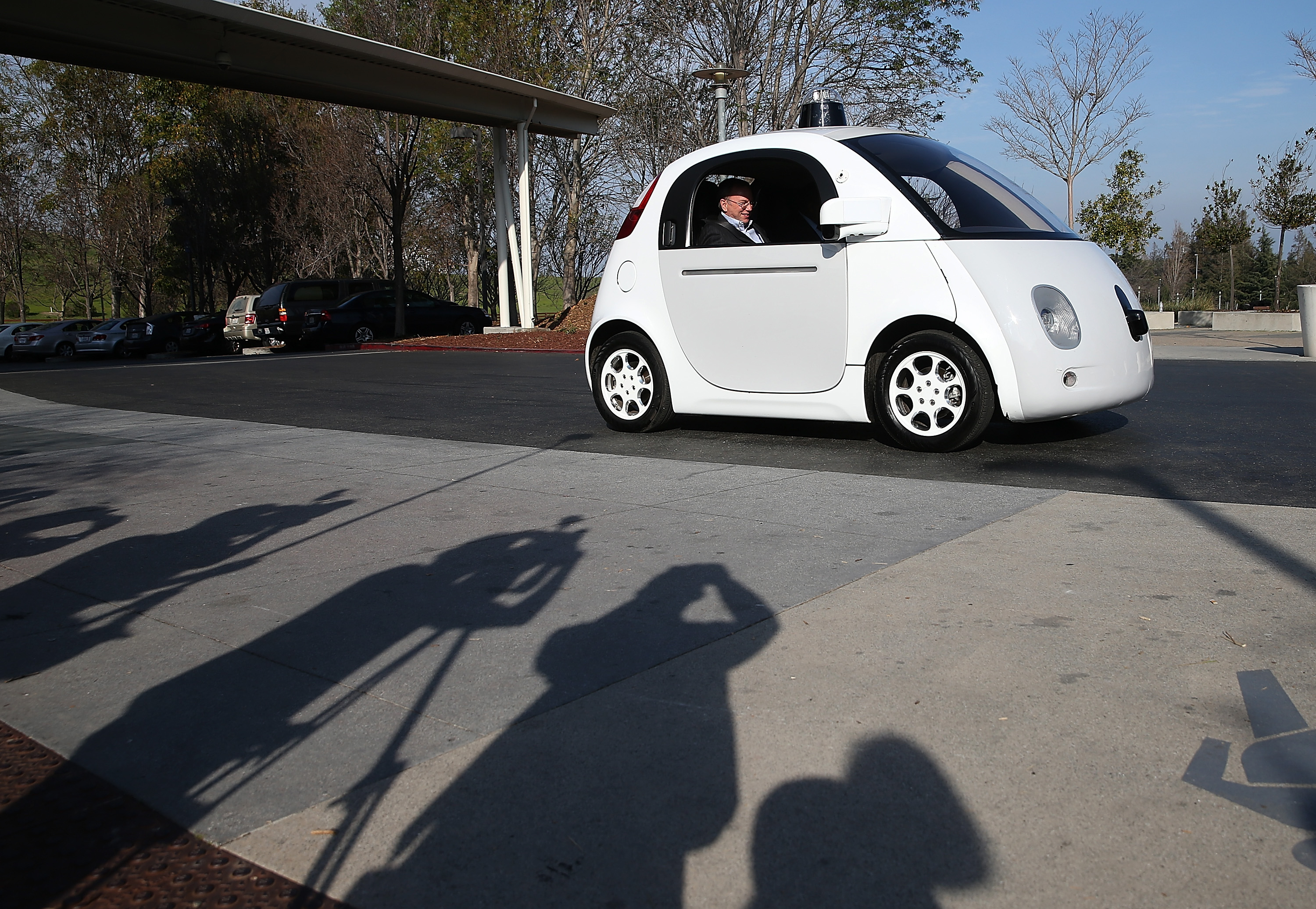
When driverless cars become standard, will we be doing more barfing when going from Point A to Point B?
A University of Minnesota professor is among those considering what will happen when we cede control over the car to a robot. If actually steering the car is one cure for motion sickness, what happens when cars no longer need to be steered?
Thomas Stoffregen, who studies human movement at the U, says drivers and front seat passengers tend not to get carsick because they anticipate what’s about to happen.
“The stabilizing of the body for the driver is always anticipatory. They set the body up in advance to be ready,” Stoffregen tells Wired.
“That’s why if you’re prone to motion sickness, you’re likely more comfortable up front: A better view gives you a better idea what’s coming. It’s not an ideal solution, though: Even if you know a turn is coming, you don’t know how fast the driver will take it or at what angle, so you can’t prepare perfectly.
“The passenger’s stabilization of the body is always compensatory. And it’s less refined, less precisely keyed to what the motions of the car are,” Stoffregen says.
Wired today explores what will happen when we’re no longer in control.
People are studying this. People like Michael Sivak and Brandon Schoettle, who have written a study for the University of Michigan Transportation Research Institute that says many people, since they’re not going to be driving, will be doing things that increase the risk of getting sick.
“Motion sickness is expected to be more of an issue in self-driving vehicles than in conventional vehicles,” Sivak said. “The reason is that the three main factors contributing to motion sickness — conflict between vestibular (balance) and visual inputs, inability to anticipate the direction of motion and lack of control over the direction of motion — are elevated in self-driving vehicles.
Wired says the problem might be overcome with design changes in the newfangled cars.
Plus, self-driving cars promise to settle our stomachs in some ways. Machines won’t make abrupt maneuvers. The promise of cars that talk to on another will make stop and go traffic less common by ironing out the speed fluctuations that create the super annoying “accordion effect.” Rubbernecking will be eliminated, and there will be fewer accidents to gawk at in the first place.
Since automakers are reinventing the car anyway, they’ve got a chance to include some new features to stop us vomiting behind the wheel.
Volvo says it’s considered car sickness, and thinks its improved engine mapping and suspension systems will smooth the movement of the car. Connectivity may help here as well: “By foreseeing issues that could cause a start-stop action,” a company rep says, “we can reduce the tendency for motion sickness.” It wants to find out more about the issue when it starts testing autonomous driving with real customers in 2017.
(h/t: Bob Hicks)
